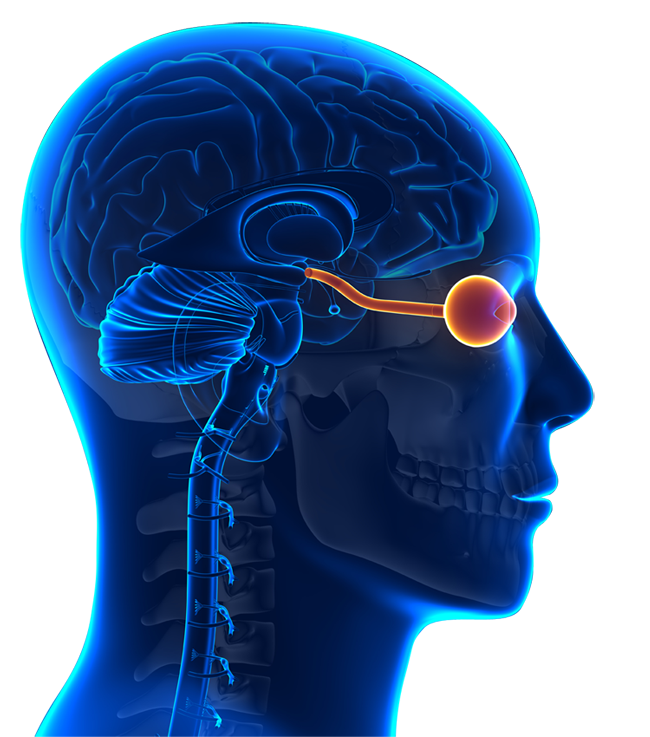What is Neuromyelitis Optica?
Written by Aarushi Rai
Neuromyelitis optica is a central nervous system (CNS) disorder also called Neuromyelitis optica spectrum disorder (NMOSD) and devic disease. It causes inflammation in the nerves of the eyes and the spinal cord. The reason behind the disorder is that the immune system reacts against its cells in the optic nerves which connect the retina in the eye to the brain and spinal cord. It can be caused by an infection or through association with another autoimmune condition where irregular antibodies bind to proteins in the CNS and cause damage there.
Neuromyelitis optica affects the myelin or the insulating layer around the nerves. As stated above, the immune system specifically attacks the myelin cells in the spinal cord and optic nerve, causing symptoms like blindness, bladder or bowel issues, weakness or numbness in the arms or legs, uncontrollable vomiting and hiccups, painful spasms, and more. Patients will usually have flare-ups (re-occurrences) of Neuromyelitis Optica with gaps in time in between, with two main types of the disorder: the relapsing form, with periodic flare-ups and some recovery in between, and the monophasic form, which is a single attack that may last about a month or two, and then the patient can be free from attacks for multiple years. Interestingly, women are more likely to have the relapsing form (and Neuromyelitis Optica in general) than men, while men and women get the monophasic form in equal frequency.
The flare-ups can be reversible for some patients but still can be severe enough to cause permanent visual damage and loss, as well as causing issues with movement. Thus, there is no cure for Neuromyelitis optica, though long-term remission of the disorder can be possible through the right treatment for each patient. These treatments can include therapies to reverse recent syndromes, prevent future attacks, and/or reduce relapses through things like corticosteroid medicines (to stop the immune system’s effect on nerves), immunosuppressant medicines, or plasma exchange (otherwise known as plasmapheresis, which removes harmful antibodies from the blood).
Doctors and healthcare professionals can perform a thorough exam of a patient to diagnose their Neuromyelitis optica if necessary or rule out other similar nervous system conditions. Diagnostic tools include an MRI scan of the brain and spinal cord, optic nerve tests, a lumbar puncture/spinal tap, blood and spinal fluid tests, a stimuli response test, and an optical coherence tomography, depending on what is necessary for the patient.
References
Neuromyelitis optica - Symptoms and causes - Mayo Clinic. (2022, November 23). Mayo Clinic. https://www.mayoclinic.org/diseases-conditions/neuromyelitis-optica/symptoms-causes/syc-20375652#:~:text=Neuromyelitis%20optica%20(NMO)%20is%20a,reacts%20against%20its%20own%20cells
Neuromyelitis optica - Diagnosis and treatment - Mayo Clinic. (2022, November 23). https://www.mayoclinic.org/diseases-conditions/neuromyelitis-optica/diagnosis-treatment/drc-20375655
Neuromyelitis optica. (2024, March 22). Johns Hopkins Medicine. https://www.hopkinsmedicine.org/health/conditions-and-diseases/neuromyelitis-optica
Written by Aarushi Rai from MEDILOQUY


